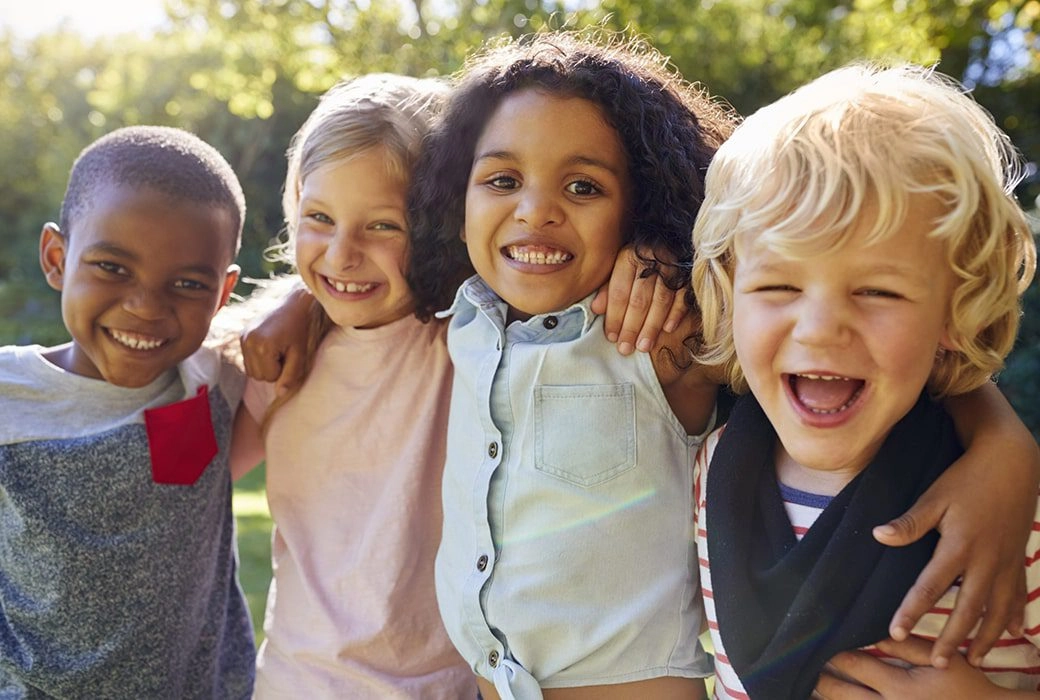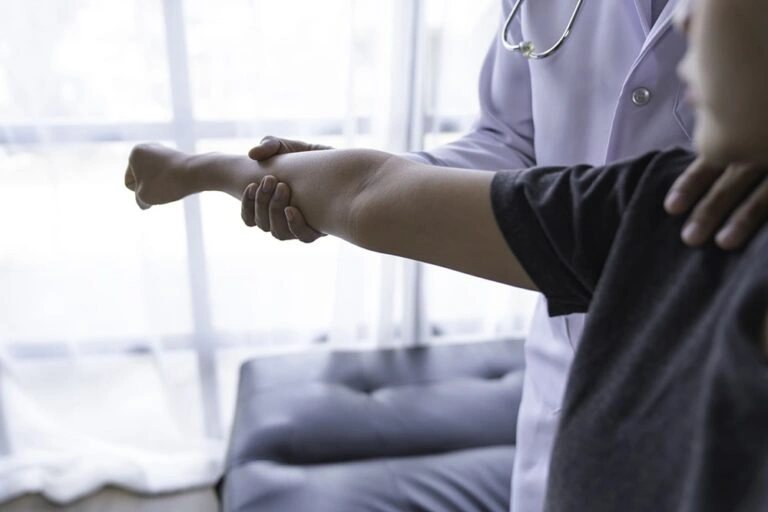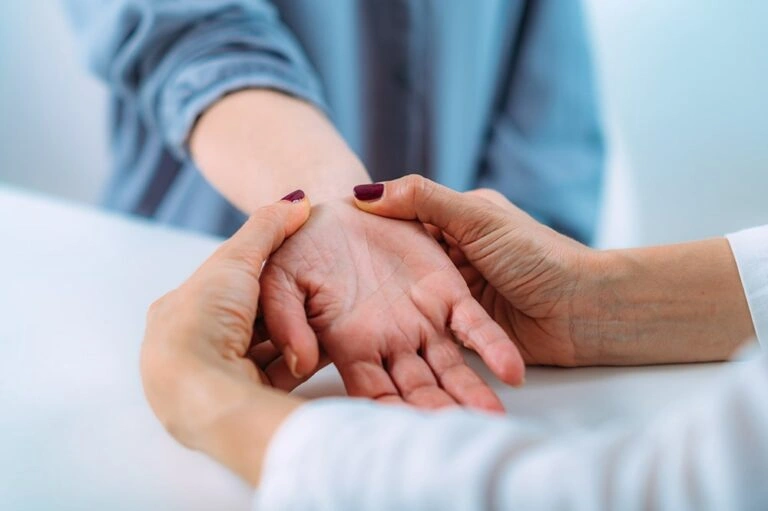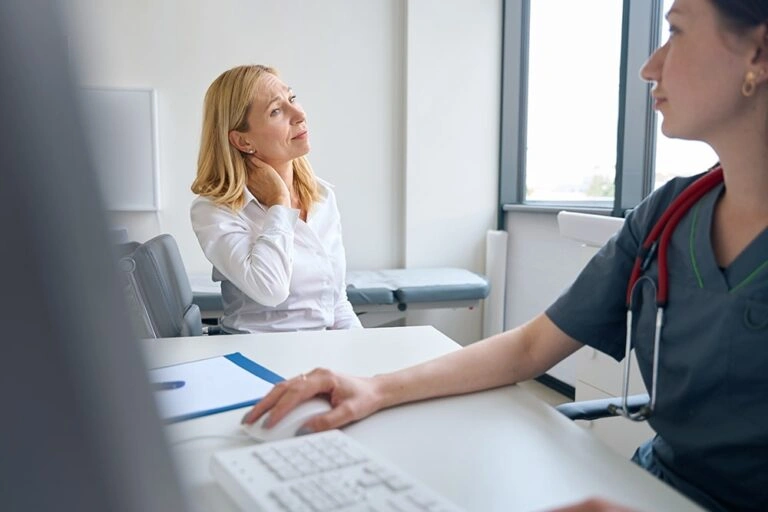If you have a child with scoliosis or you suspect that they might have scoliosis, what you want right now are answers.
This abnormal curvature of the spine can happen at any age, but it is most commonly found between the ages of 10 and 18. It occurs more often in girls than boys and, as of this writing, the cause is unknown, although there does seem to be a genetic factor involved.
The Various Types of Scoliosis
About 80 percent of the children diagnosed with this health problem have idiopathic scoliosis. Other types include:
-
Neuromuscular Scoliosis
This is where the bones of the spine fail to separate from each other during the development of the fetus or they fail to form completely. This is a congenital form of the disease and often include other birth defects such as cerebral palsy or muscular dystrophy.
-
Degenerative Scoliosis
While most forms of scoliosis are discovered in children or infants, this affects older adults. This condition occurs when arthritis changes the spine and causes abnormal bone spurs and weakened ligaments. Other spine problems are often present, including disc degeneration or osteoporosis.
-
Functional Scoliosis
As the name implies, this type of scoliosis allows a person to function normally and is caused by some other problem in the body, such as one leg being shorter than the other or by muscle spams in the back.
What are the Symptoms or Signs of Scoliosis?
Scoliosis in children generally occurs between 9 and 18 years of age. The most common sign is a slight curvature of the spine. It can be very small at first and easy to miss, but school inspections or a family member who doesn’t see the child often might notice it before parents do.
Sometimes one shoulder looks higher than the other or the head appear to be off center, tilting to one side. Once the curve becomes more pronounced, teens might notice that clothes no longer fit properly, appearing to have an uneven waistline or pant legs that are uneven.
While scoliosis doesn’t usually hurt, it can cause abdominal pain and even difficulty breathing in more severe cases.
Is Chiropractic Care a Safe Scoliosis Treatment?
In a word, yes!
Chiropractic care has been successfully treating idiopathic scoliosis for decades. Keep in mind that there is no cure, but there are treatment methods designed to help stop the progression of this spinal problem.
Chiropractic massage, physical therapy exercises, and chiropractic adjustments help to prevent the spine from continuing its progression, especially for those with neuromuscular scoliosis.
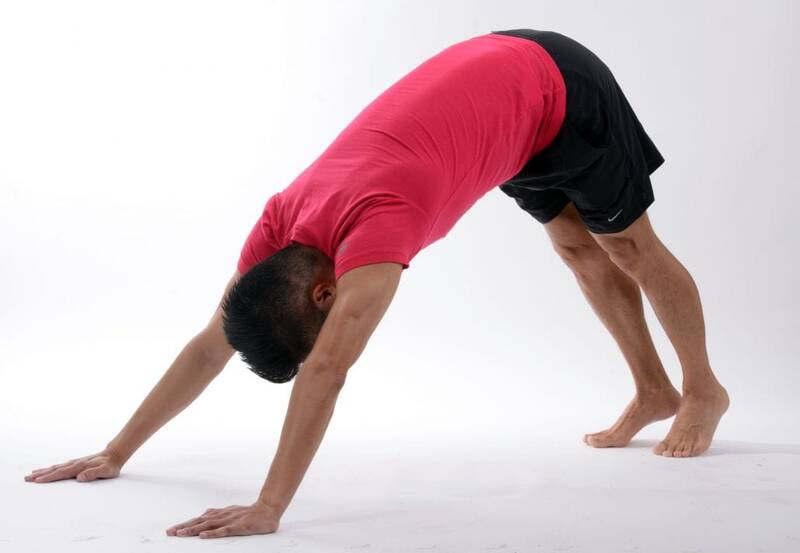
Your Top 5 Questions Answered
We know that the last thing you want to think about is having your child go through spinal surgery. The best way to avoid this is to be fully armed with facts.
Chiropractors answer questions every day regarding childhood scoliosis. The following are the top 5 things you need to know if your child has scoliosis.
#1-You Are Not to Blame
It is absolutely not your fault if your child develops this curvature of the spine. Currently, there is no known cause and therefore, no prevention method.
An early diagnosis is the best you can hope for. The earlier that scoliosis is found, the better a treatment plan can be developed by your chiropractor and pediatrician.
Children over 10 tend to be more private about their changing bodies. It’s not your fault if you didn’t notice or see this abnormal curvature of the spine.
Scoliosis needs to be closely monitored and its growth measured over time to prevent it from becoming severe. While some cases will fix themselves over time, many respond to exercises and physical therapy to strengthen the back, along with chiropractic adjustments and other modalities.
Lately, an internet rumor suggests that heavy school back packs are to blame. This isn’t true. There is zero evidence to back this up.
What is true is that scoliosis runs in families. Even if you can’t think of anyone in your families who has had it, it’s possible that someone did but the curve was so small as to go unnoticed.
#2-Can Scoliosis Correct Itself?
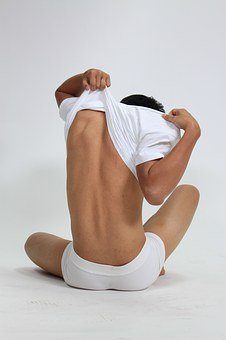
It is true that some mild cases of scoliosis correct themselves without any intervention.
However, no one wants to wait and see if the curvature of your child’s spine becomes worse while you do nothing!
Scoliosis is a manageable condition if it is diagnosed early. Chiropractic care and physical therapy can help tremendously but if necessary, your child can also wear a brace, which forces the spine to grow correctly.
Approximately 30% of all cases will need to use a brace. Keep in mind that an even smaller number of children need surgery at about 10 percent.
Many children who have mild cases of idiopathic or neuromuscular scoliosis will need no other treatment than physical therapy, stretching and strengthening exercises, chiropractic adjustments and chiropractic massage.
#3-What If Scoliosis Isn’t Treated?
As we mentioned earlier, for some people with very mild cases, nothing will happen. The curve disappears as the child grows.
There are two things to consider when the child is diagnosed: how old they are and the severity of the curve. If the child is under 10 and the curve is more than 35 degrees, it will most likely continue to progress and become worse. If the child has stopped growing (which occurs at approximately 15-17 years of age) and the curve is less than 30 degrees, it will most likely remain that same if no treatment is given. If the curve is greater than 50 degrees, it will probably continue to curve over time, perhaps as much as 1.5 degrees each year.
This is why early diagnosis matter so much! Many elementary school programs will perform checks for scoliosis, but some do not. Your chiropractor can not only look for signs of scoliosis but can diagnose it as well via X-rays.
Scoliosis is managed best when it is diagnosed early, monitored regularly, and treated using natural, holistic methods, including stretching and physical therapy.
#4-How Will I Know that Scoliosis Has Stopped?
Most cases of scoliosis occur during the growth spurts of puberty. Once you child stop growing, chances are that the scoliosis has also stopped.
You can check for scoliosis yourself by having your child remove their shirt, bend over and touch their toes while you stand from behind them. If you should see one side of the ribs sticking out more than the other side, you should check with your chiropractor or pediatrician.
Being too passive in this area can be problematic. When parents hear that some cases of scoliosis will stop without any treatment, they assure themselves that this will be true of their child, only to discover later that their child will need surgery.
Braces are embarrassing for most children, which makes them reluctant to wear them for the recommended 13 hours a day.
Your chiropractor can measure your child on a regular basis and will be able to tell you when they believe that the scoliosis has stopped.
#5-Can Scoliosis Return Later? Do Adults Also Get Scoliosis?
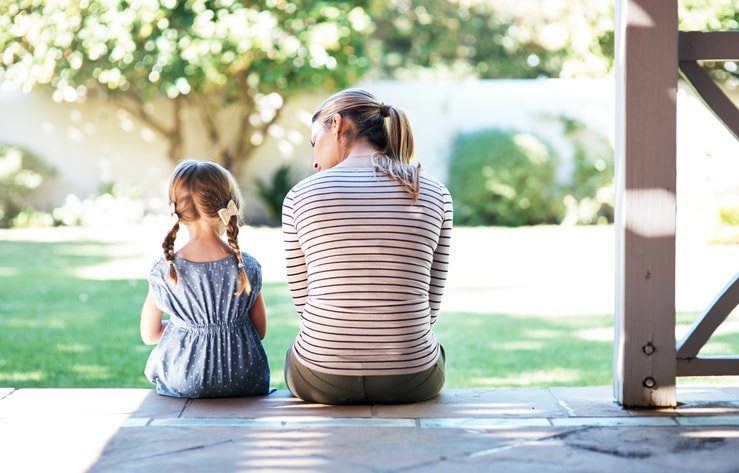
Doctors used to believe that when the body stopped growing, scoliosis would stop as well. This is true in the majority of cases, but not all. There are cases of juvenile scoliosis that have continued into adulthood.
Many of the cases of adult scoliosis are from young women who had it as a child and were told that it had stopped. During their second pregnancy, some of these women find that their scoliosis has returned. This is most likely due to the hormones involved in pregnancy, which allow the ligaments of the body to loosen. It is during this time that the scoliosis can continue and cause these women pain.
Other cases involve women who also had mild scoliosis that stopped growing during adolescence but find that it is progressing after menopause. This type of scoliosis can continue for many years and often ends up causing women both physical and emotional pain from their disfigurement.
Even if you were not diagnosed with scoliosis as a child, you can still be afflicted with degenerative scoliosis. This comes from the normal wear and tear that happens to the body as it ages.
The most common symptom of adult scoliosis is back pain. This isn’t actually due to the curvature of the back, but the degeneration occurring in the spine. The combination of the curvature of the spine and the degeneration puts pressure on the spinal cord, which leads to weakness in the legs or feelings of numbness.
Your chiropractor can also help adults with scoliosis. While they can’t turn back the clock per se, they can teach you ways to deal with day to day living issues while offering adjustments which release some of the pressure on the spinal cord. Other modalities include physical therapy and exercises which can help to keep core muscles strong enough to support the spine.
If you have any questions about whether or not your child has scoliosis or if you are doing all you can to help your child who has been diagnosed with scoliosis, or if you are an adult who is suffering from back pain, especially back pain that is not responding to other treatment methods, do not hesitate to call us for a same day appointment.
Feel free to share this article with friends and family members who you think might benefit from this information.


